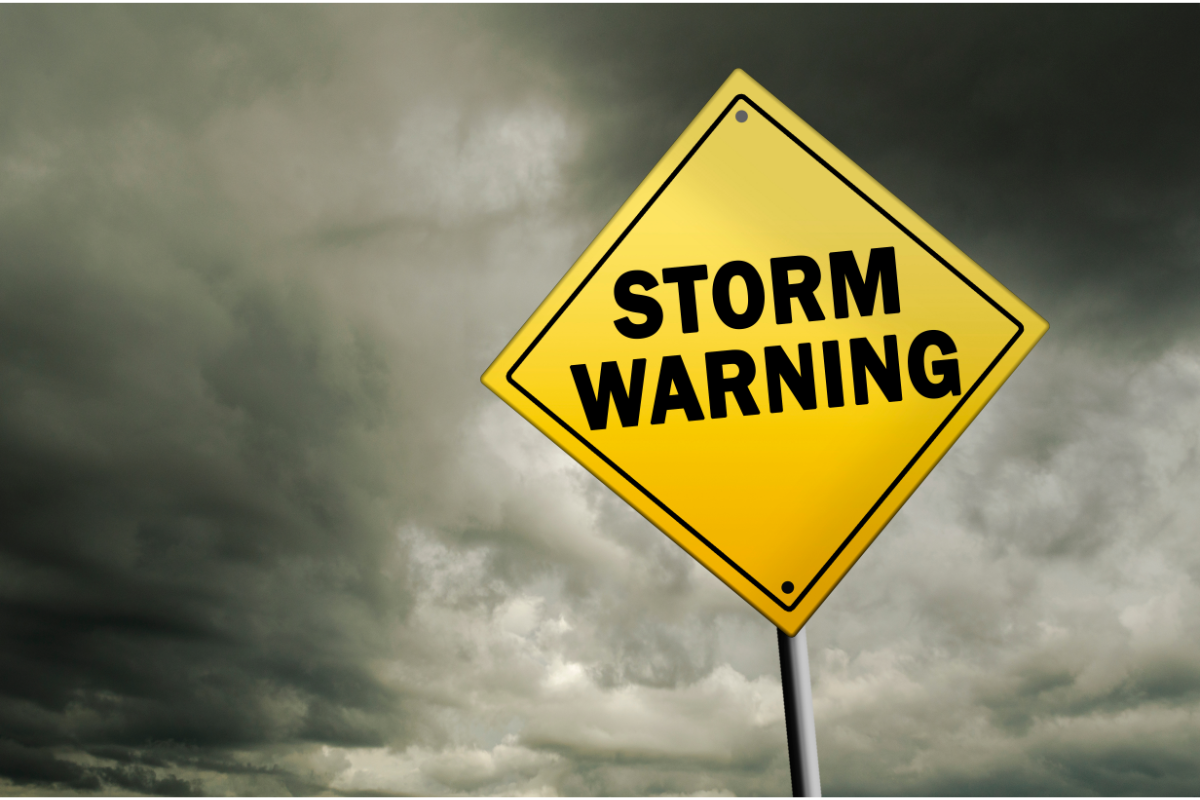36 million Californians from the southern border through Sonoma County are bracing for potentially life-threatening floods from a weekend atmospheric river.
The forecast
The season’s strongest storm is expected to bring heavy rain, snow and wind from the evening of Saturday, February 3 through at least Tuesday, said National Weather Service meteorologist Eric Schoening at an emergency response briefing held by the California Office of Emergency Services (CalOES) on Saturday.
While these two early-February storms differ from last year’s season, which brought months of atmospheric rivers, “this individual storm has the potential for very significant impacts,” he added. “This storm could have just as big — if not bigger — impacts than any individual storm from last year.”
While the Bay Area and Central Valley will feel early impacts through Sunday, the heaviest flooding is expected across the central and southern coast — including Los Angeles and San Diego — from Sunday through Tuesday.
In Southern California, which is most at risk of life-threatening flooding, an average of three to seven inches of rain are expected along the coast and in the valleys, and six to 12 inches are expected in the mountains, but some regions may get as much as 15 inches.
State responses
Storm floods “are the most dangerous natural disasters that we have,” said CalOES Director Nancy Ward, killing more Californians annually than even wildfires and earthquakes do.
In response, she continued, Gov. Newsom’s office “has mobilized the full weight of the state government” by extending the CalOES emergency operation center to 24 hours a day; putting over “8,500 boots on the ground through CalOES, CHP, CalFire, Caltrans, the Conservation Corps and the National Guard”; having over 7 million sandbags ready alongside sheltering and basic needs supplies for nearly 40,000 people; and readying high water rescue teams and equipment.
As of Saturday, Ward said CalOES has also launched a phone bank to contact nearly two million people in California’s most disaster-prone areas with emergency warning and evacuation guidance in English, Spanish, Korean, Tagalog, Vietnamese and Mandarin.
Those most disproportionately vulnerable to disasters — and thus prioritized by the phone initiative — also include “individuals who may be older, may have disabilities or may speak English as a second language,” said California Department of Social Services Director Kim Johnson.
“There is no administration anywhere else in the country that’s invested the way the Newsom administration has invested in protecting vulnerable populations,” said Brian Ferguson, CalOES Deputy Director of Crisis Communications. “That’s something that’s come directly out of the Camp Fire and something that we think about every single day, keeping the most at-risk members of our community safe.”
Major General Matt Beevers from the California Force of the National Guard said the guard was at the ready to respond to any crises that may occur, with resources including high water vehicles; engineering; aviation; and general-purpose aid like filling sandbags.
Flooding
Karla Namath, director of the Department of Water Resources, said those living near rivers were particularly vulnerable.
Five rivers statewide are expected to flood during the atmospheric river: the Russian River in Mendocino County; the Carmel River in Monterey County; the Guadalupe River in Santa Clara County; the Ventura River in Ventura County; and the San Diego River in San Diego County.
The state’s flood operation center will be active 24 hours a day throughout the storm as workers have already distributed nearly five million sandbags statewide.
“What’s different this year from last year is that we have full reservoirs, which have already started releasing flood water to make space for inflows,” Namath added.
CalFIRE Chief Deputy Director Anale Burlew said emergency preparation for this week’s storm coincides with emergency recovery from last week’s. Many swift water teams were deployed to rescue people from vehicles trapped in water, including two individuals in San Diego — “and I bring this up as a reminder to not drive vehicles through roadways with moving or still water.”
“Remember — six inches of water can down an adult, 12 inches can sweep away your vehicle and two feet of water can move an SUV or a truck,” added Ward.
“Please postpone any non-essential travel until after the storm passes,” said Caltrans Director Tony Tavares. “However, if you must travel, please slow down, allow additional time to get to your destination and check our real-time road condition updates.”
“Caltrans has activated all of our emergency operations centers from Eureka down to San Diego, and we have over 4,000 people working around the clock with over 1,200 pieces of equipment to address situations like flooding, muddy rock debris, slides, and snow removal,” he continued.
What can Californians do?
As the storm comes, how can Californians keep themselves safe?
Stay informed by signing up for emergency alerts at calalerts.org; check emergency updates through the CalOES website and social media; avoid non-essential travel and prepare for power outages during very high winds; don’t drive through flooded roadways; and follow any local evacuation notices.
The good news is that after Tuesday, rain will significantly lessen and no flood risks are currently expected mid-week onward, said Schoening. “Better news: It looks like we’ll have a break in storm activity through much of the middle of February,” with drier-than-usual conditions statewide.













